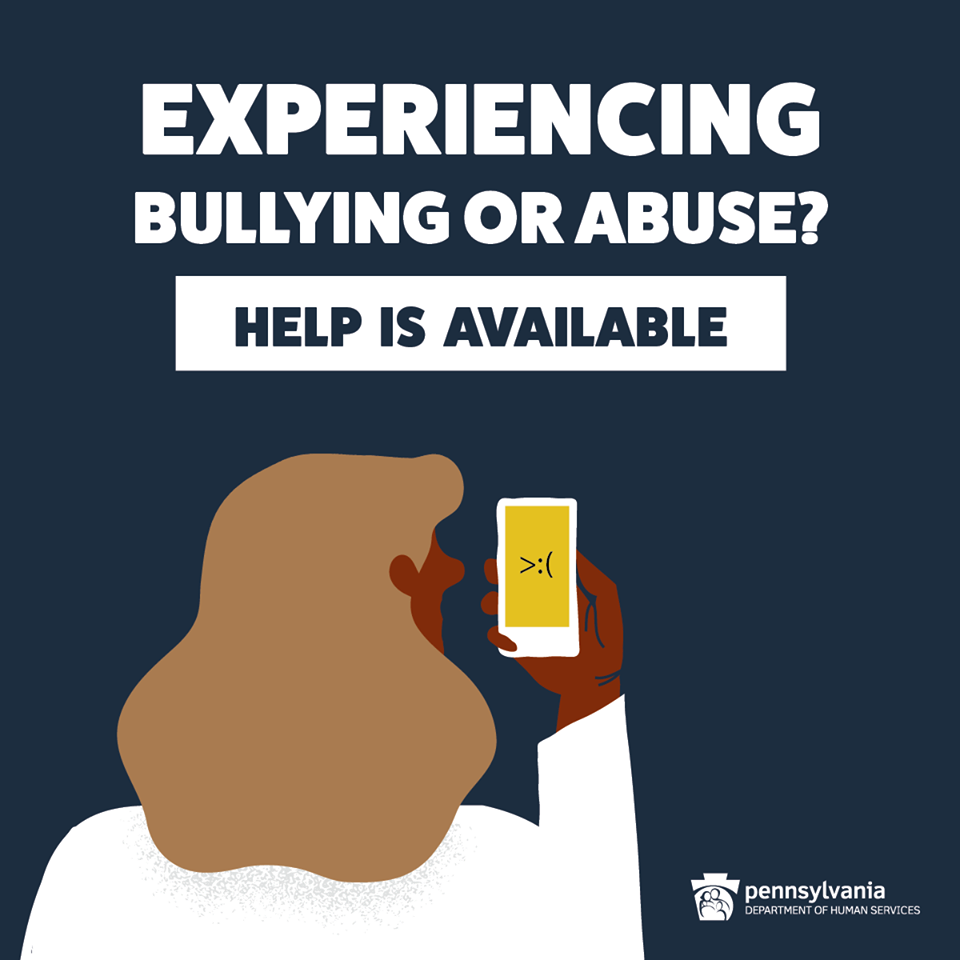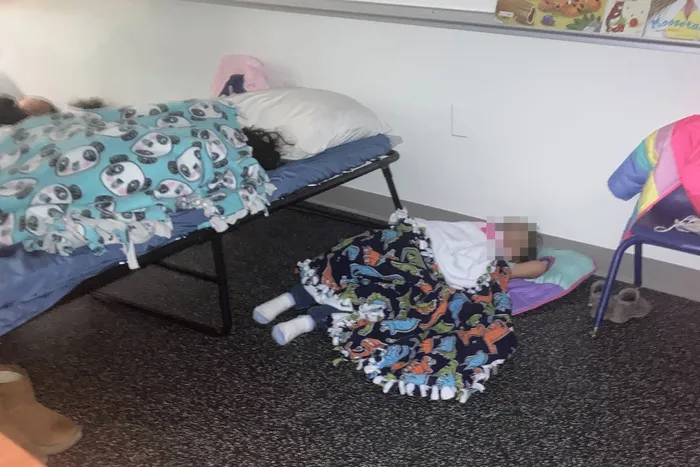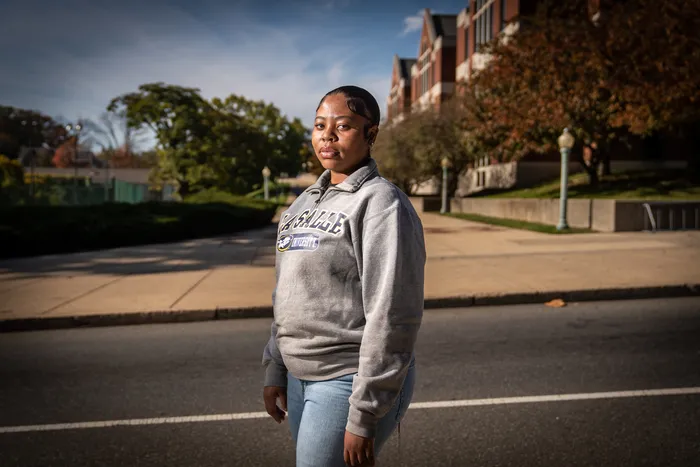Safe2Say Program Gives Students a Voice
Everyday, children across Pennsylvania are headed to school and instead of excitement, feel overwhelmed or scared. Experiencing bullying and struggling with mental health can take a big toll on a child. When …
Everyday, children across Pennsylvania are headed to school and instead of excitement, feel overwhelmed or scared. Experiencing bullying and struggling with mental health can take a big toll on a child. When made to feel like they can’t speak up, they are forced to suffer alone. At both the federal and state levels, measures have been taken to prevent this from happening.
Safe2Say is a youth violence prevention program administered by the Pennsylvania Office of the Attorney General. The program teaches youth and adults how to recognize warning signs and signals — especially within social media — from individuals who may be a threat to themselves or others, encouraging people to “say something” before it’s too late. Users are able to submit tips anonymously online, on the app, or over the phone, and a crisis center will notify the correct party.

Get the Facts
- The 2017 School Crime SupplementOpens In A New Window (National Center for Education Statistics and Bureau of Justice) indicates that, nationwide, about 20% of students ages 12-18 experienced bullying.
- The 2017 Youth Risk Behavior Surveillance SystemOpens In A New Window (Centers for Disease Control and Prevention) indicates that, nationwide, 19% of students in grades 9–12 report being bullied on school property.
- Approximately 30% of young people admit to bullying others in surveys.
- 70.6% of young people say they have seen bullying in their schools.
- 70.4% of school staff have seen bullying. 62% witnessed bullying two or more times in the last month and 41% witness bullying once a week or more.
- The most common types of bullying are verbal and social. Physical bullying happens less often. Cyberbullying happens the least frequently.
- Most bullying takes place in school, outside on school grounds, and on the school bus. Bullying also happens wherever kids gather in the community. And of course, cyberbullying occurs on cell phones and online.
- Only about 20 to 30% of students who are bullied notify adults about the bullying.
- 80% of school schooters told someone of their violent plans. 59% told more than one person.
- 70% of people who complete suicide told someone of their plans and gave other warning signs.
For the most up-to-date statistics on forced labor, please visit WomenOnGuard.com



